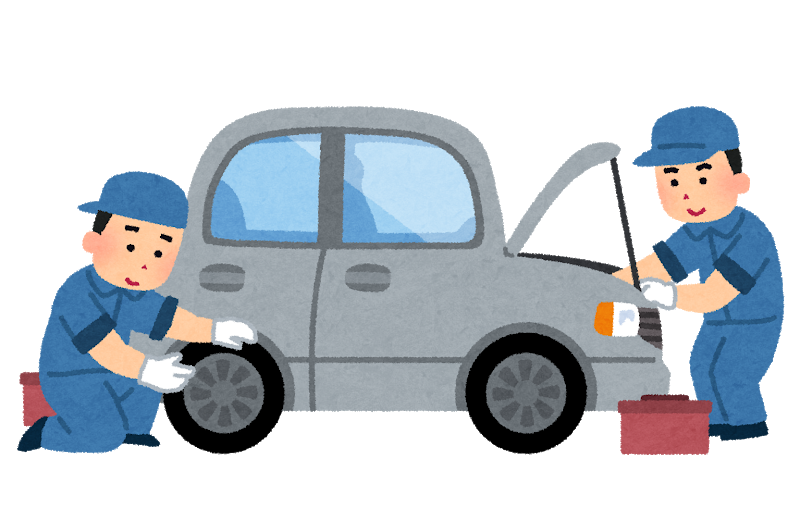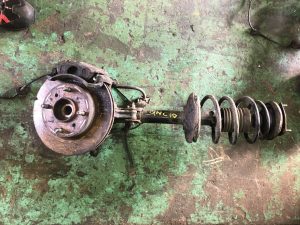【Realiable engines】 2 reasons to understand the Japanese engines quality
Comparing with used engines from overseas, Japanese engines are famous for its good quality. Everyone wants to buy those high-quality used engine. What is the secret here?
We will introduce the reasons to understand the good quality of Japanese used engines.
[toc]
Exhaustive Japanese vehicle inspection system
In Japan, the “Road Transport Vehicle Law” was enforced in 1951, and the vehicle inspection system began. Since then, the regulations have changed little by little, and the period of vehicle inspection has also changed. The vehicle inspection period for private cars was set once every two years in 1973. (3 years only for new cars)

Vehicle inspections focus on the safety of vehicles and their impact on the environment. Safety standards are set for the cars safely, and the vehicle inspection analyzes whether it complies with it or not. The purpose of the inspection is to confirm the safety of the car, and it is obligatory to undergo a car inspection to prevent breackdowns and accidents.
Thanks to such a strict vehicle inspection system, Japanese cars are in good condition and it is said that there are really few major accidents due to breakdowns. Also, even if it is an imported vehicle used in Japan, the “used car used in Japan” still very reliable.
Therefore, even if the vehicle discarded in Japan, it may be used overseas for a long time as an used car or recycling its parts.
What about the overseas vehicle inspection system?
The inspection system is quite different for each country. In China, a first vehicle inspection is conducted 6 years after the date of first registration, and car owners need to bring their cars every year after 6 years passed. Some countries have started revising and implementing their vehicle inspection system. For example, in Philippine, they modified the conventional law regarding vehicle inspection to replace the old and out dated system for motor vehicle inspection and registration.
Japanese personality? !! Rules compliance, and not long-distance trips.
First of all, the key to making the engine endure is to avoid forcing it. In other words, you should refrain from running with “sudden” start, acceleration, and braking as much as possible.
Perhaps because of the Japanese character, there are many drivers in Japan who comply with the rules, which means that they perform a progressive and calm driving.
The legal maximum speed of Japanese expressways is lower than that of overseas countries. It is 100 km/h on almost all highways, when in Western countries, it is often 110-130km/h. Therefore, there will be many situations where engine suffers a high acceleration compared to Japan. If you drive at high speeds for long distances, it is more likely that the engine will be overloaded.
Also, while the legal speed in urban areas of Japan is mainly 40 to 60 km/h, in overseas countries, the average speed is 60 to 80 km/h even in urban areas, and the speed is often high. Therefore, the frequency of sudden braking due to traffic lights and turns is higher overseas.
It seems that there are few opportunities to drive long distances by car in Japan compared to other countries. In fact, some government-surveyed data show that rail or air is much more common than cars for long-distance travel over 300km.
From the above, it can be said that Japanese engines are less likely to be damaged than overseas.





